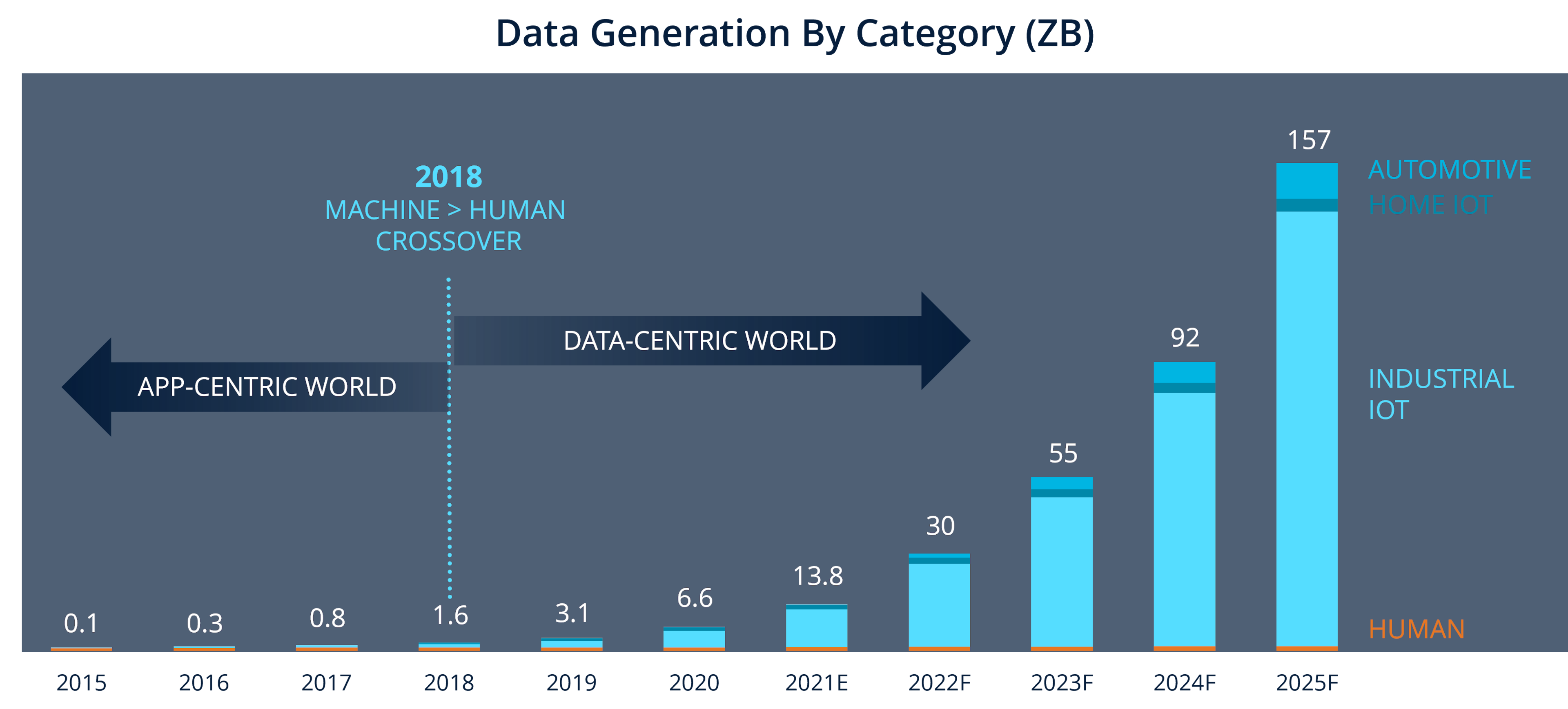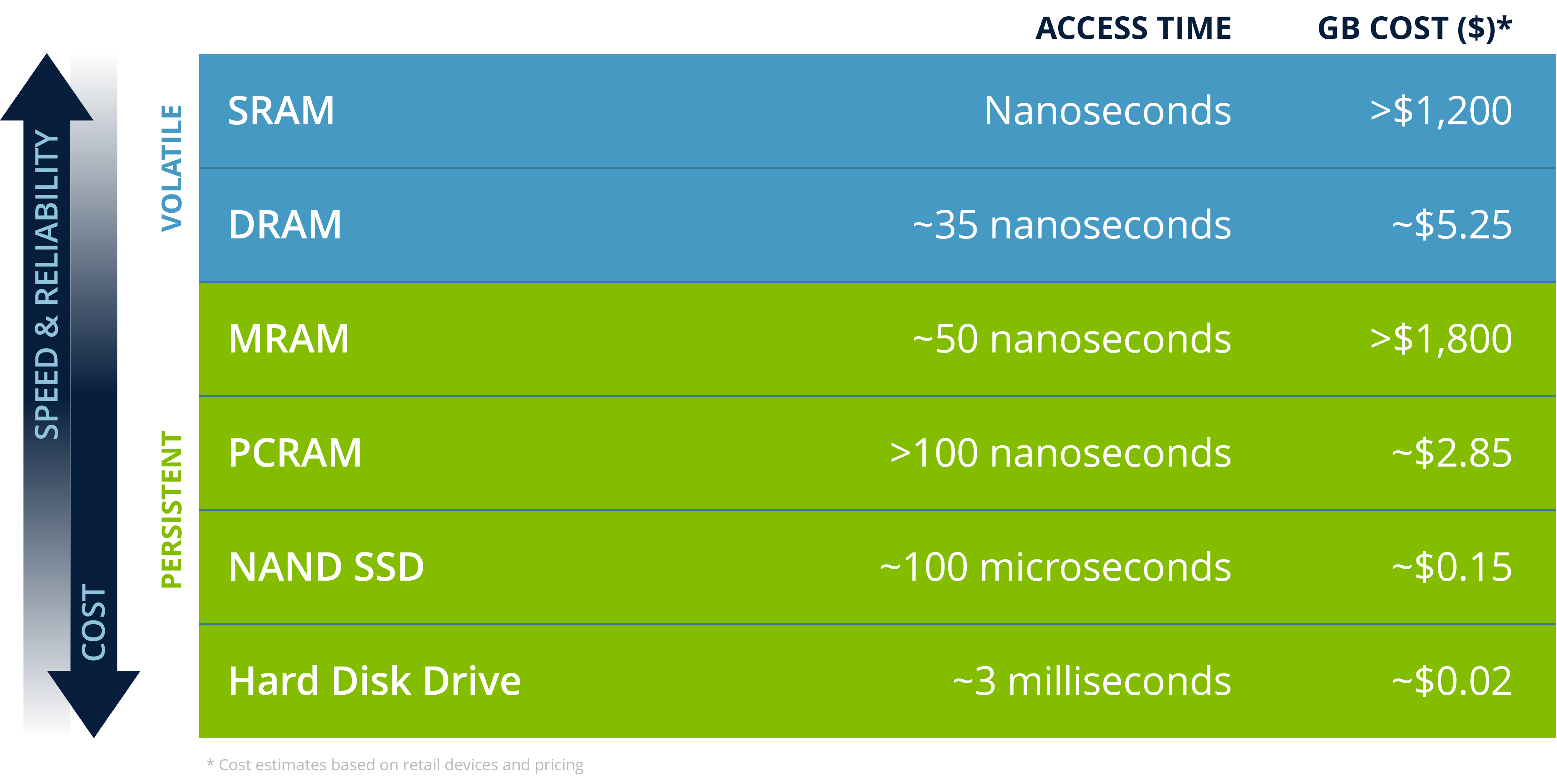Products & Technologies
Markets & Inflections
Products & Technologies
Services
Resources
Products & Technologies
Services
Resources
Markets & Inflections
In today’s data driven world, the need for memory is growing at an accelerating pace. From billions of mobile devices to millions of server farms across the world, hundreds of exabytes (1 exabyte = 1 x 1018 bytes) of data is generated daily. This data must be stored in memory in order to be processed and consumed in our everyday lives.


The memory market is led by two types–dynamic random access memory (DRAM) and NAND working together in a system—DRAM brings performance endurance and NAND is cost efficient per bit.